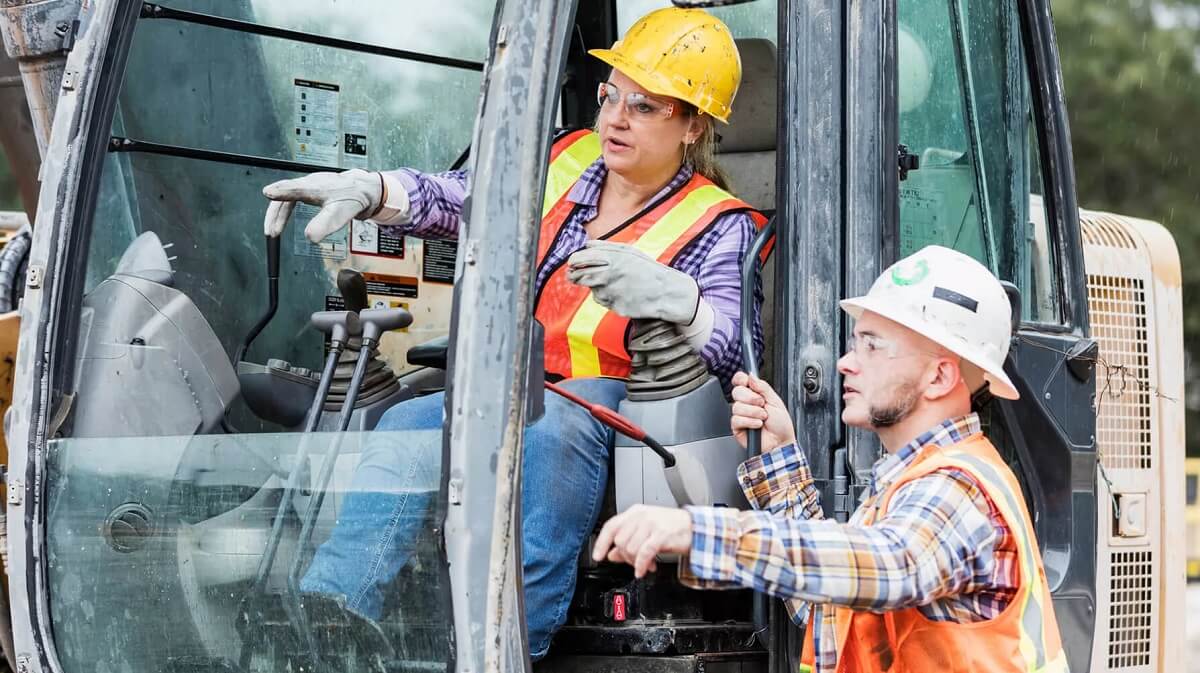Construction projects are complex endeavors that require meticulous planning, coordination, and monitoring to ensure success. From groundbreaking to ribbon-cutting, every phase of construction demands close attention to detail to keep the project on track and within budget. In this blog post, we’ll delve into the importance of monitoring construction progress and provide a comprehensive guide on how to effectively track the build.
Understanding the Importance of Monitoring Construction Progress:
Monitoring construction progress is crucial for several reasons. Firstly, it allows project managers to assess whether the project is proceeding according to the established timeline and identify any potential delays or setbacks. By closely monitoring progress, stakeholders can take proactive measures to address issues before they escalate, thereby minimizing disruptions and cost overruns.
Secondly, monitoring construction progress enables project teams to ensure that quality standards are being met at every stage of the build. By conducting regular inspections and assessments, construction professionals can identify defects or deficiencies early on and implement corrective actions promptly, thus maintaining the integrity of the structure and ensuring compliance with building codes and regulations.
Furthermore, tracking construction progress provides stakeholders with transparency and accountability throughout the project lifecycle. By keeping all parties informed of the project’s status and performance metrics, project managers can foster trust and collaboration among team members, subcontractors, and clients, ultimately leading to better outcomes and client satisfaction.
Key Strategies for Monitoring Construction Progress:
Establish Clear Milestones and Benchmarks:
At the outset of the project, it’s essential to establish clear milestones and benchmarks to measure progress against. These milestones could include completing site preparation, pouring the foundation, erecting structural components, and finishing interior work.
By breaking down the project into manageable stages and setting specific goals for each phase, project managers can track progress more effectively and identify any deviations from the plan.
Utilize Project Management Software:
In today’s digital age, project management software has become an indispensable tool for monitoring construction progress. These platforms allow project teams to centralize project documentation, communicate in real time, and track tasks, schedules, and budgets.
By leveraging project management software, stakeholders can access up-to-date information on the project’s status and performance metrics, enabling them to make informed decisions and take timely action when necessary.
Implement Regular Site Inspections:
Regular site inspections play a pivotal role in overseeing construction progress and upholding adherence to quality standards and safety protocols. Project managers and site supervisors must conduct periodic inspections to evaluate craftsmanship, pinpoint potential hazards, and promptly resolve any arising issues.
Embracing a proactive stance towards site inspections enables project teams to mitigate risks effectively and cultivate a safe and efficient work environment. Additionally, leveraging technologies such as the FARO 3D scanner can enhance the accuracy and efficiency of these inspections, allowing for comprehensive documentation and analysis of construction sites.
Track Key Performance Indicators (KPIs):
Tracking key performance indicators (KPIs) is crucial for evaluating the overall health and performance of a construction project. These KPIs could include metrics such as cost variance, schedule variance, productivity rates, and safety incidents.
By monitoring KPIs regularly and comparing them to predefined targets or benchmarks, project managers can identify trends, forecast future performance, and take corrective actions as needed to keep the project on track.
Foster Open Communication and Collaboration:
Effective communication and collaboration are essential for monitoring construction progress and resolving issues promptly. Project teams should establish clear channels of communication and encourage open dialogue among all stakeholders, including architects, engineers, contractors, subcontractors, and clients.
By fostering a culture of collaboration and transparency, project managers can address challenges proactively and keep all parties informed and engaged throughout the project lifecycle.
Conclusion
Monitoring construction progress is a critical aspect of ensuring the successful delivery of construction projects. By implementing the strategies outlined in this guide, project managers can effectively track the build, identify potential risks and opportunities, and take proactive measures to keep the project on track and within budget.
By maintaining transparency, accountability, and open communication, construction professionals can achieve their project goals and deliver high-quality results that meet or exceed client expectations.
